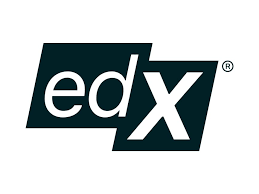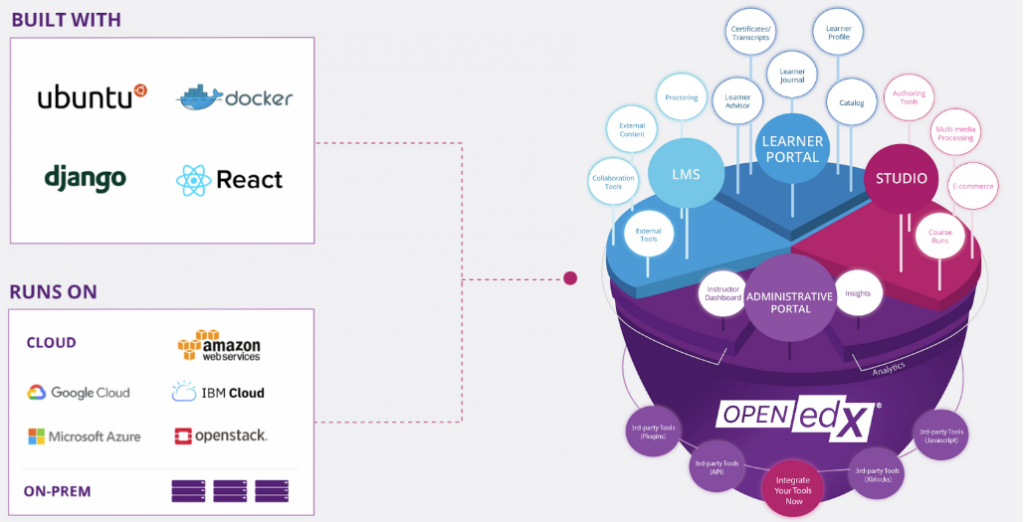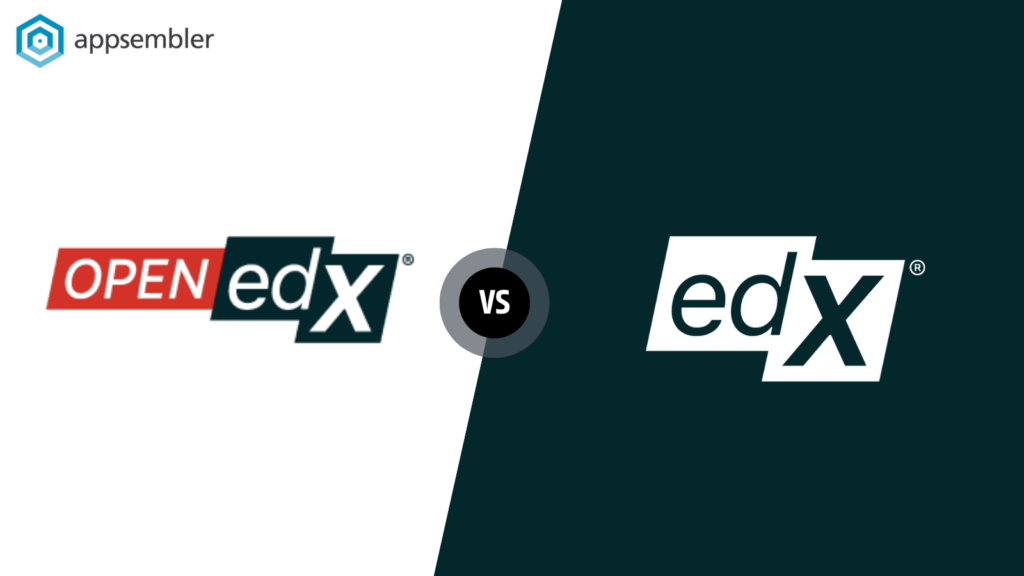In the dynamic landscape of online learning, understanding the differences between Open edX and edX is crucial for educators, learners, and organizations. This article delves into their histories, features, target audiences, and how they cater to different aspects of digital education. We’ll explore their functionalities and help you decide which platform aligns best with your educational needs.
Key Takeaways
- Distinct Origins: Learn about the separate origins of edX and Open edX and how each has evolved to meet different educational demands.
- edX Features: Discover edX’s user-friendly interface, wide range of courses from leading universities, and standardized course formats.
- Open edX Customization: Understand Open edX’s customizable and scalable nature, ideal for institutions requiring a tailored learning environment.
- Target Audiences: Uncover the specific target audiences for each platform, with edX catering to individual learners and Open edX to organizations.
- Choosing the Right Platform: Gain insights into selecting the right platform based on your specific learning or teaching requirements.
The distinction between these two platforms is not just in their structure but also in their purpose and capabilities. While edX offers a plethora of ready-to-consume courses designed by world-leading universities, Open edX provides a more flexible, DIY approach, allowing for a tailored learning experience. This divergence is crucial for educators, institutions, and learners making decisions about their digital education strategy. Choosing between a structured, content-rich platform and a customizable, self-hosted learning environment can significantly impact the educational outcomes and experiences.
Background of edX and Open edX
The journey of edX began as a bold experiment in 2012, born out of a collaboration between Harvard University and the Massachusetts Institute of Technology (MIT). This initiative aimed to democratize education by offering online courses from these prestigious institutions to anyone with internet access. edX quickly expanded, partnering with other universities and organizations worldwide to provide courses across various disciplines. Its mission was to break down barriers to education, making high-quality learning accessible and affordable.
As edX grew, it became evident that there was a need for a more adaptable platform that could be customized to the specific needs of institutions and educators. This need led to the birth of Open edX in 2013, an open-source version of the edX platform. Open edX was designed to be a flexible, scalable solution for hosting and managing online courses. It allowed institutions to build and maintain their own digital learning environments, offering a level of customization and control that was impossible with the standard edX platform.
Open edX’s open-source nature meant that it was not just a product but a project, one that evolved through community contributions. Developers, educators, and institutions worldwide began to contribute to its growth, expanding its features and capabilities. This collaborative effort has led to a rich ecosystem of tools and extensions, making Open edX a robust platform for online learning.
Meanwhile, edX also continued to evolve, constantly adding new courses and partnerships. It became known for its high-quality content, user-friendly interface, and strong community of learners. In contrast, Open edX has been embraced for its versatility and the freedom it offers organizations to create personalized learning experiences.
What is edX?

At its core, edX offers a diverse selection of courses covering a multitude of subjects, from computer science and engineering to humanities and arts. These courses are curated and taught by experts from leading universities like Harvard, MIT, and Berkeley, ensuring that learners receive education of the highest caliber. What sets edX apart is its commitment to providing not just courses, but also MicroMasters programs, Professional Certificates, and even online Master’s degrees. These programs are tailored for deep learning and career advancement, catering to professionals looking to upskill or reskill.
edX is designed with a user-friendly interface, making it accessible to learners of all ages and backgrounds. Its key features include interactive learning sequences, peer-to-peer learning, and assessments that provide immediate feedback. Furthermore, edX offers a flexible learning schedule, allowing learners to study at their own pace, making it ideal for those who need to balance education with other commitments.
The target audience of edX is broad and varied. It caters to individual learners seeking to gain new skills, professionals looking to advance in their careers, and even students who wish to supplement their traditional education. Additionally, edX is a valuable resource for educators and institutions seeking to enhance their curriculum with high-quality content.
What is Open edX?

Open edX is an expansive, open-source LMS, a dynamic platform that allows educators, institutions, and businesses to craft their own personalized online learning environments. Born from the edX framework, Open edX stands as a testament to the power of collaborative development and the growing demand for customizable digital education solutions.
At its heart, Open edX is about flexibility and customization. Unlike its counterpart, edX, which offers pre-designed courses, Open edX provides the tools and infrastructure for organizations to create and host their own courses. This feature allows for a level of unparalleled personalization in course design and content, catering to the specific learning objectives and styles of different organizations.
Key features of Open edX include a robust course authoring tool, enabling educators to create interactive and engaging courses. It supports various multimedia formats, interactive exercises, and automated assessments, making the learning experience rich and varied. Open edX also comes with analytics tools that offer insights into learners’ progress and engagement, helping educators refine their courses over time.
Additionally, Open edX’s open-source nature means it is constantly being improved and expanded by a global community of developers. This results in a platform that is not only up-to-date with the latest educational technologies but also highly adaptable to the changing landscape of digital learning.
The target audience for Open edX is diverse, including educational institutions, corporations, government agencies, and non-profits. It particularly appeals to those who need to provide training or educational programs at scale but require more control over the content, branding, and learning experience typical LMSs offer.
Comparing Open edX and edX
When evaluating Open edX and edX, it’s essential to understand that while they share a common origin, their features, flexibility, target users, and accessibility markedly differ. Here’s a detailed comparison:
Similarities
- Origin: Both platforms originated from the edX initiative, underscoring a commitment to quality education.
- Course Variety: Each offers a wide range of subjects, tapping into diverse fields of knowledge.
- Quality of Content: They maintain high educational standards, reflecting their prestigious academic roots.
Differences
Feature | Open edX | edX |
|---|---|---|
Purpose | Platform for creating and hosting customized online courses | Platform offering courses created by universities and institutions |
Customization | Highly customizable, allowing institutions to tailor the learning experience | Standardized course format with limited customization |
Target Users | Educational institutions, businesses, and organizations seeking a personalized LMS | Individual learners, professionals, and students seeking high-quality online courses |
Flexibility | Offers flexibility in course design, pacing, and branding | Fixed course structure and pacing determined by course providers |
Access to Content | Access to content depends on the hosting institution’s policies | Access to a wide range of courses, often with free auditing options |
Cost | It is generally free as an open-source platform, but hosting and maintenance incur costs | Free access to courses with fees for certifications and premium content |
User Interface | The user interface varies based on the customization | Consistent and user-friendly interface across all courses |
Technology & Community | Open-source with continuous updates from a global developer community | Proprietary platform with updates managed by the edX organization |
Integration and Scalability | Easily integrates with other systems and scalable as per user needs | Limited integration options; scalability depends on course availability |
Analytics and Reporting | Standard analytics focused on individual course performance and learner progress |
Accessibility
Open edX provides more control over accessibility features, allowing institutions to implement specific accommodations as needed. In contrast, edX, while generally accessible, follows a more standardized approach to accessibility, which may not cater to all specific requirements.
While edX is ideal for individuals seeking structured, high-quality courses from world-renowned institutions, Open edX appeals more to organizations and educators who require a flexible, customizable platform to create and manage their own online learning experiences. The choice between the two ultimately depends on the users’ specific needs, goals, and resources.
How Appsembler Enhances the Open edX Experience
Appsembler’s primary focus is on Open edX. It provides an intuitive platform called Tahoe LMS for hosting Open edX instances, eliminating the complexities of setting up and managing the infrastructure. This approach lets organizations concentrate on course development and learner engagement rather than technical backend details. Appsembler is also the only LMS with built-in Virtual Labs capability, which provides sandbox and hands-on training environments at the click of a button within Tahoe LMS.
Benefits of Using Appsembler for Organizations and Educational Institutions
- Ease of Deployment: Appsembler simplifies setting up an Open edX instance, making it accessible for organizations without extensive IT resources.
- Customization: It offers customization options that align with an organization’s branding and educational goals, providing a personalized learning environment.
- Scalability: The platform is designed for scalability, accommodating growth in user numbers and course content without compromising performance.
- Support and Maintenance: Appsembler provides ongoing support and maintenance, ensuring that the platform remains up-to-date and secure.
- Enhanced Learner Engagement: With tools for interactive content and user engagement, Appsembler helps in creating more effective and engaging online courses.
- Analytics and Reporting: Advanced analytics and reporting capabilities enable organizations to track and optimize learner performance and course effectiveness.
Conclusion
In summarizing the comparison between Open edX and edX, it becomes clear that each platform serves a unique purpose in online education. edX, with its vast array of courses from top-tier universities, is an ideal choice for individual learners, professionals, and students seeking structured, high-quality learning experiences. Its strength lies in providing accessible, world-class education to anyone, anywhere.
On the other hand, Open edX offers unparalleled flexibility and customization, catering to organizations, institutions, and educators who wish to create tailored online learning environments. Its open-source nature allows for a degree of personalization and control that is essential for entities seeking to build and manage courses specific to their educational objectives.
Frequently Asked Questions
Open edX and edX, while originating from the same source, serve different audiences. edX is a platform for individuals seeking structured, university-level courses online. It offers content created by top-tier universities with a focus on accessibility and quality. Open edX, in contrast, is an open-source learning management system allowing organizations to build and host their own custom courses. It’s ideal for those needing a personalized, scalable online learning environment.
Open edX itself does not directly offer university courses. Instead, it is a platform that enables institutions to create and manage their own online courses. If a university chooses to use Open edX to host their courses, you can access them through that specific institution’s Open edX instance. For pre-designed university courses, edX is the more appropriate platform.
Open edX, as an open-source platform, is free to download and use. However, organizations should consider the costs associated with hosting, maintaining, and customizing their Open edX instance. These may include server costs, IT personnel, and any additional development needed to tailor the platform to specific requirements.
Open edX is highly beneficial for educational institutions, corporations, government agencies, and non-profits seeking a customizable online learning environment. It’s particularly advantageous for those who wish to have control over branding, course content, and the overall learning experience, providing a flexible and scalable solution to meet diverse educational needs.
Courses on edX are designed and provided by partnering universities and institutions, which means their structure and content are determined by the course creators. Educational institutions can’t customize these courses; however, they can incorporate them into their curriculum or training programs as supplementary learning material.



